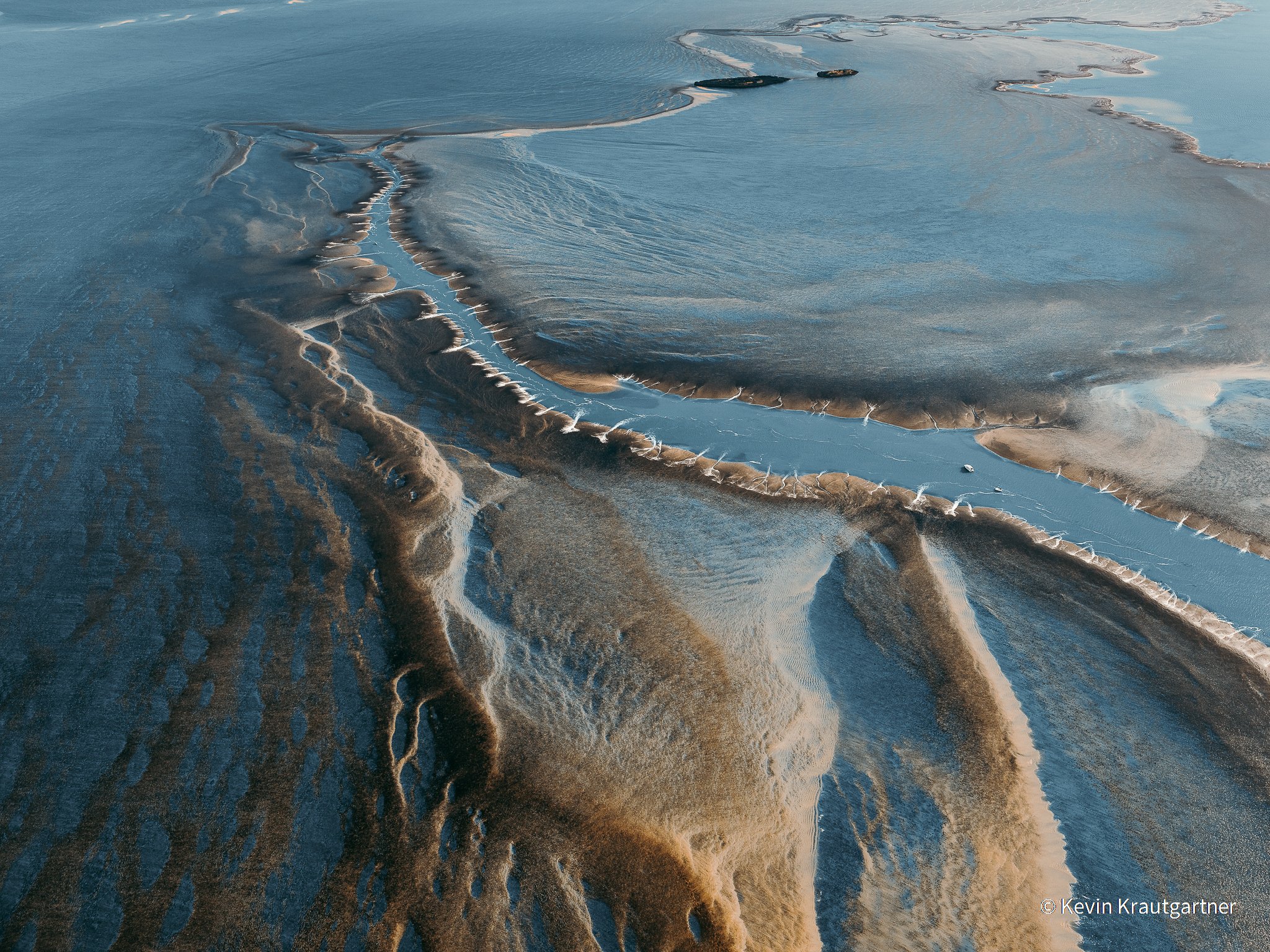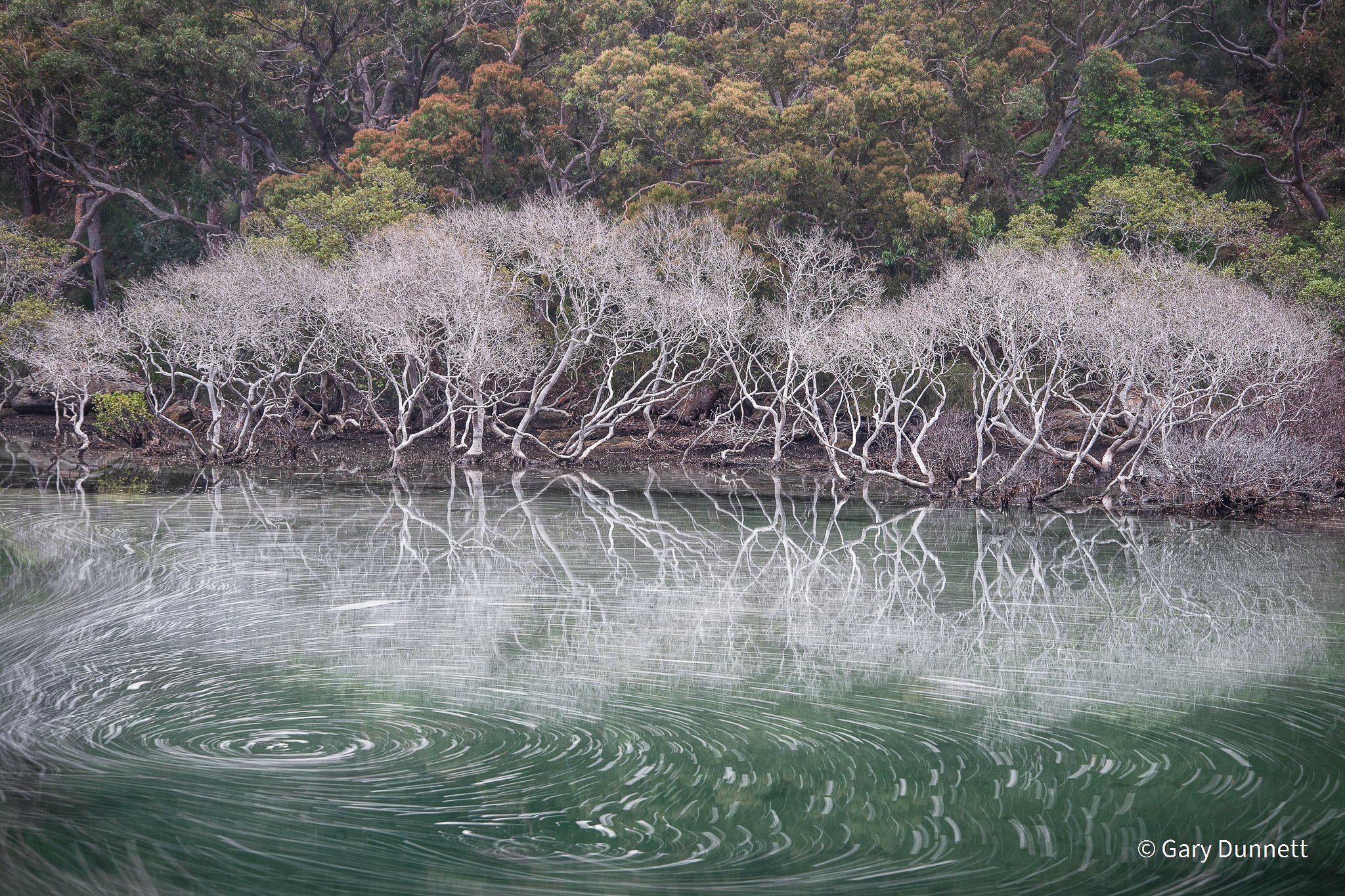AG Nature Photographer of the Year 2021: Our impact shortlist

Fallen From Grace
New Zealand fairy tern (Sternula nereis)
New Zealand Centre for Conservation Medicine, Auckland, New Zealand
A deceased New Zealand fairy tern chick is prepared for X-ray, looking for signs of trauma, before undergoing a necropsy. The fairy tern is the rarest bird in New Zealand, with perhaps 36 adults left in existence. It’s got everything going against it: weather, cats, humans and its own DNA.
Canon EOS-1DX Mk II, Canon EF 16–35mm f/2.8L II, 1/250, f/4, ISO 1600
Photo Credit: Richard Robinson
Space invaders
Little penguin (Eudyptula minor)
St Kilda breakwater, Victoria
In an attempt to capture a photo, tourists crowd a little penguin on the rocks of the St Kilda breakwater. Sadly, as happens too often with both amateur and professional wildlife photography, it seems little consideration was given to the potential stress this behaviour could cause.
Nikon D750, Nikon 24–70mm f/2.8, 1/50, f/3.2, ISO 6400, handheld
Photo Credit: Douglas Gimesy
Tohorā
Southern right whale (Eubalaena australis)
Port Ross, Auckland Islands, New Zealand
Two centuries after near extinction, southern right whales, also called Tohora, thrive deep in the subantarctic. In 2020 a University of Auckland expedition, led by Dr Emma Carroll, visited to study the recovering population, using cutting-edge genomic techniques that will allow us to understand the complexities of these animals.
DJI Mavic 2 Pro, 28mm equivalent, 1/200, f/2.8, ISO 100
Photo Credit: Richard Robinson
Bound, jammed inside, and posted
Blue-tongued lizard (Tiliqua nigrolutea)
Department of Environment, Land, Water and Planning (DELWP) facility, Victoria
A wildlife officer measures one of two blue-tongued lizards found bound and stuffed inside a DVD player. Posted to Asia, it was detected at a Melbourne postage sorting facility. Luckily, both were still alive. Wildlife smuggling is so brutally cruel, with many not surviving their long trip.
Nikon D5, Sigma Art Series 35mm f/1.4, 1/250, f/8.0, ISO 1250, two soft boxes, handheld
Photo Credit: Douglas Gimesy
Fading Reef
Kimberley Coast, Western Australia
Today, coral reefs are dying at an alarming rate. Coral bleaching is caused by rising water temperatures which kills the coral. My image shows the beauty of these unique coral and algae systems and I hope it reminds us all that what we do on land impacts our oceans.
Fujifilm GFX 50s, Fujifilm GF 32–64mm F4, 1/1000, f/7.1, ISO 400, handheld from a helicopter
Photo Credit: Kevin Krautgartner
Single-use Drifter
Columbus crab (Planes minutus)
Lord Howe Island
Face masks arrived at Lord Howe Island from a cargo ship that lost 50 containers in rough seas off Sydney. Over 1100 masks were collected during lockdown. In this image, a Columbus crab finds shelter in a plastic bag of face masks. The environmental impact will never be fully quantified.
Nikon D850, Sigma 15mm +1.2TC, 1/15, f/22, ISO 400, Nauticam underwater housing, twin Ikelite strobes
Photo Credit: Justin Gilligan
Mr Brown in the City
Brown snake (Pseudonaja textilis)
Melbourne, Victoria
A striking start to an intended walk around grasslands on Melbourne’s urban fringe. This brown snake appeared to have recently had a meal and this may explain its reluctance to retreat, instead standing its ground in a defensive posture. The site where this photo was taken has since been developed.
Canon EOS 5D Mk III, Canon EF16–35mm f/4L IS US, 1/60, f/11, ISO 100, single, diffused, on-camera flash, handheld
Photo Credit: Kristian Bell
COSCO
Birdie Beach, New South Wales
Five shipping containers (of fifty in total) lost overboard the APL England wash up on Birdie Beach, New South Wales. Consequently, thousands of surgical face masks wash up along the east coast of Australia, at a time when this safety equipment is needed most.
DJI Mavic 2 Pro, about 77° 35mm, 1/400, f/11, ISO 100
Photo Credit: Reed Plummer
Spiralling away
Cabbage Tree Basin, Royal National Park, New South Wales
I watched with growing dismay as the mangroves around Cabbage Tree Basin began to die. Victims of storm and shifting sands, a foreboding of the changes to come with rising sea-levels. The slowly spiralling foam seemed to be draining away the vitality of the Royal, our first national park.
Nikon D810, Nikkor 24–85mm AFS 3.5–4.5 G, 30 seconds, f/8, ISO 200, tripod, 66mm focal length cropped
Photo Credit: Gary Dunnett
Power Outage
Powerful owl (Ninox strenua)
Brisbane, Queensland
Mortality rates of powerful owls in urban areas are higher than that of their counterparts in natural areas. Electrocution is one of their biggest killers as they often target possums who use powerlines to navigate the concrete jungle. Urban powerful pay a hefty price for living in the big city.
DJI Mavic air drone, 1/320, f/2.8, ISO 100
Photo Credit: Matt Wright
Mangrove Dieback
Southern Arnhem Land, Northern Territory
During the summer of 2015–16, one of the worst mangrove dieback events ever recorded devastated around 7400ha of mangrove forests along more than 1000km of Gulf of Carpentaria coastline. The unfortunate consequence of unseasonably high temperatures and dry wet seasons caused by climate change.
Fuji GFX 100, GF 110mm f/2, 1/750, f/5.0, ISO 200, handheld, captured from a Cessna 210 at 1500 feet
Photo Credit: Tim Wrate

